Home>Gardening & Outdoor>Outdoor Recreation & Activities>Why Does My Head Hurt After Jumping On A Trampoline


Outdoor Recreation & Activities
Why Does My Head Hurt After Jumping On A Trampoline
Modified: January 4, 2024
Discover why jumping on a trampoline may cause head pain and learn how to prevent it. Explore outdoor recreation and activities with expert tips.
(Many of the links in this article redirect to a specific reviewed product. Your purchase of these products through affiliate links helps to generate commission for Storables.com, at no extra cost. Learn more)
**
Introduction
**
Trampolines have long been a source of joy and exhilaration for both children and adults. The feeling of weightlessness as you soar through the air, the rush of wind against your skin, and the sheer delight of bouncing up and down can be an incredibly fun experience. However, for some individuals, this exuberant activity may be accompanied by an unexpected and unwelcome sensation: a headache. If you've ever found yourself asking, "Why does my head hurt after jumping on a trampoline?" you're not alone.
In this article, we will delve into the potential reasons behind the onset of headaches following trampoline jumping, as well as provide valuable insights into how to mitigate this discomfort. Whether you are an avid trampoline enthusiast or a concerned parent, understanding the impact of trampoline jumping on the head is crucial in ensuring a safe and enjoyable experience for all. So, let's embark on a journey to unravel the mysteries of trampoline-induced headaches and discover how to bounce back without the ache!
Key Takeaways:
- Trampoline jumping can cause headaches due to impact forces, pressure changes, and excessive movements. Practicing controlled movements and proper landing techniques can help minimize discomfort.
- If headaches persist after trampoline jumping, seek medical attention if accompanied by severe or persistent discomfort, additional symptoms, or a history of head injuries. Prioritize safety and well-being for a positive trampoline experience.
Understanding the Impact of Trampoline Jumping on the Head
When engaging in trampoline jumping, the body is subjected to a series of dynamic forces that can have various effects, including on the head. The repetitive bouncing and sudden changes in direction can lead to a significant amount of movement within the cranial cavity. This movement, although imperceptible to the naked eye, can exert strain on the brain and its surrounding structures, potentially resulting in discomfort or headaches.
Furthermore, the upward and downward motion involved in trampoline jumping can lead to changes in intracranial pressure, which may contribute to the development of headaches. The rapid acceleration and deceleration experienced during each bounce can also impact the body's equilibrium and the delicate balance of fluids within the skull, potentially causing discomfort in the form of headaches.
It is important to note that the impact of trampoline jumping on the head can vary from person to person. Factors such as individual susceptibility to motion-induced discomfort, preexisting medical conditions, and the duration and intensity of trampoline activity can all play a role in determining the likelihood of experiencing headaches after jumping on a trampoline.
Moreover, the potential for head-related discomfort may be influenced by the manner in which trampoline jumping is performed. For instance, engaging in excessive or erratic movements, such as somersaults or flips, can further exacerbate the forces acting on the head and may increase the risk of experiencing post-jumping headaches.
By understanding the impact of trampoline jumping on the head, individuals can make informed decisions regarding their trampoline activities and take proactive measures to minimize the likelihood of experiencing discomfort. In the following sections, we will explore potential causes of headaches after trampoline jumping and provide practical tips for mitigating this issue.
Potential Causes of Headaches After Trampoline Jumping
Several factors may contribute to the onset of headaches following trampoline jumping. Understanding these potential causes is essential for identifying strategies to prevent or alleviate post-jumping discomfort. Let’s explore some of the primary reasons why individuals may experience headaches after engaging in trampoline activities:
- Impact Forces: The repetitive bouncing and sudden changes in direction experienced during trampoline jumping can subject the head to varying impact forces. These forces may result in strain on the brain and its surrounding structures, potentially leading to headaches.
- Intracranial Pressure Changes: The upward and downward motion on a trampoline can lead to fluctuations in intracranial pressure, which may contribute to the development of headaches. The rapid changes in pressure within the skull can impact the comfort and well-being of individuals, particularly those sensitive to such variations.
- Equilibrium Disruption: The dynamic nature of trampoline jumping can disrupt the body’s equilibrium and the delicate balance of fluids within the skull. This disruption may manifest as discomfort or headaches, especially for individuals susceptible to motion-induced issues.
- Excessive Movements: Engaging in excessive or erratic movements, such as somersaults or flips, can intensify the forces acting on the head and increase the likelihood of experiencing post-jumping headaches. These movements may subject the head to additional stress and strain, potentially leading to discomfort.
- Individual Susceptibility: Factors such as an individual’s susceptibility to motion-induced discomfort, preexisting medical conditions, and overall physical health can influence the likelihood of experiencing headaches after trampoline jumping. Understanding one’s own susceptibility can aid in taking appropriate precautions.
By recognizing these potential causes, individuals can be better equipped to address the issue of post-jumping headaches and take proactive measures to enhance their trampoline experience. In the following section, we will explore preventive measures and safety tips to minimize the likelihood of experiencing headaches after trampoline jumping.
When jumping on a trampoline, the up and down motion can cause your brain to bounce inside your skull, leading to a headache. To prevent this, try to land softly and take breaks to rest your head.
Preventive Measures and Safety Tips
While the exhilaration of trampoline jumping is undeniable, it is essential to prioritize safety and well-being to ensure a positive and headache-free experience. By implementing preventive measures and adhering to safety guidelines, individuals can minimize the likelihood of experiencing discomfort after trampoline activities. Here are some valuable tips to promote a safe and enjoyable trampoline experience:
- Proper Warm-Up: Engage in a thorough warm-up routine before trampoline jumping to prepare the body for the dynamic movements involved. This can help reduce the risk of strain and discomfort during and after the activity.
- Controlled Movements: Practice controlled and consistent movements while on the trampoline. Avoid excessive or erratic motions that may subject the head to additional stress and strain, potentially leading to post-jumping headaches.
- Appropriate Supervision: Ensure that trampoline activities, especially for children, are supervised by individuals familiar with trampoline safety guidelines. Proper supervision can help prevent risky behaviors and minimize the likelihood of injuries or discomfort.
- Limit Intensity and Duration: Be mindful of the intensity and duration of trampoline jumping sessions. Avoid prolonged or excessively intense activities that may increase the likelihood of experiencing post-jumping headaches.
- Hydration and Rest: Stay adequately hydrated before, during, and after trampoline jumping. Proper hydration can help maintain overall comfort and well-being. Additionally, allow for sufficient rest periods to prevent overexertion and potential discomfort.
- Proper Landing Techniques: Practice and encourage proper landing techniques to minimize the impact on the head and body. Landing with control and in a balanced manner can reduce the strain experienced during trampoline activities.
- Equipment Maintenance: Regularly inspect the trampoline and its components to ensure that they are in good working condition. Address any issues promptly to prevent potential safety hazards that could lead to injuries or discomfort.
- Appropriate Attire: Wear appropriate attire, including supportive footwear and comfortable clothing, to enhance stability and minimize the risk of discomfort during trampoline jumping.
By incorporating these preventive measures and safety tips into trampoline activities, individuals can foster a safer and more enjoyable experience while reducing the likelihood of post-jumping headaches. However, it is important to recognize that despite taking precautions, some individuals may still experience discomfort. In the following section, we will discuss when to seek medical attention if headaches persist after trampoline jumping.
When to Seek Medical Attention
While preventive measures and safety tips can significantly reduce the likelihood of experiencing headaches after trampoline jumping, it is crucial to recognize the signs that may warrant medical attention. If individuals continue to experience persistent or severe headaches following trampoline activities, seeking medical evaluation is imperative to ensure proper assessment and management. Here are key indicators of when to seek medical attention:
- Persistent Discomfort: If headaches persist for an extended period after trampoline jumping, despite adequate rest and hydration, it is advisable to consult a healthcare professional. Persistent discomfort may indicate an underlying issue that requires medical evaluation.
- Severe Headaches: Intense or debilitating headaches that significantly impact daily activities and do not subside with time should prompt a visit to a healthcare provider. Severe headaches may signal the need for medical assessment and appropriate intervention.
- Accompanying Symptoms: If headaches are accompanied by additional symptoms such as dizziness, nausea, visual disturbances, or cognitive changes, it is essential to seek medical attention promptly. These accompanying symptoms may indicate a more complex underlying condition that necessitates medical evaluation.
- History of Head Injuries: Individuals with a history of head injuries or concussions should be particularly vigilant about post-jumping headaches. Any exacerbation of existing symptoms or the onset of new discomfort should prompt a comprehensive medical assessment.
- Concerns About Well-Being: If individuals or caregivers have concerns about the well-being of individuals experiencing post-jumping headaches, seeking medical attention can provide reassurance and ensure appropriate management of any underlying issues.
It is essential to emphasize the importance of proactive and attentive healthcare when addressing post-jumping headaches. Healthcare professionals can conduct thorough evaluations, provide tailored recommendations, and offer guidance on managing and preventing discomfort related to trampoline activities.
By recognizing the signs that warrant medical attention, individuals can prioritize their well-being and take proactive steps to address any potential concerns arising from post-jumping headaches. Ultimately, a collaborative approach between individuals, caregivers, and healthcare providers can contribute to a safer and more informed trampoline experience for all.
Frequently Asked Questions about Why Does My Head Hurt After Jumping On A Trampoline
Was this page helpful?
At Storables.com, we guarantee accurate and reliable information. Our content, validated by Expert Board Contributors, is crafted following stringent Editorial Policies. We're committed to providing you with well-researched, expert-backed insights for all your informational needs.
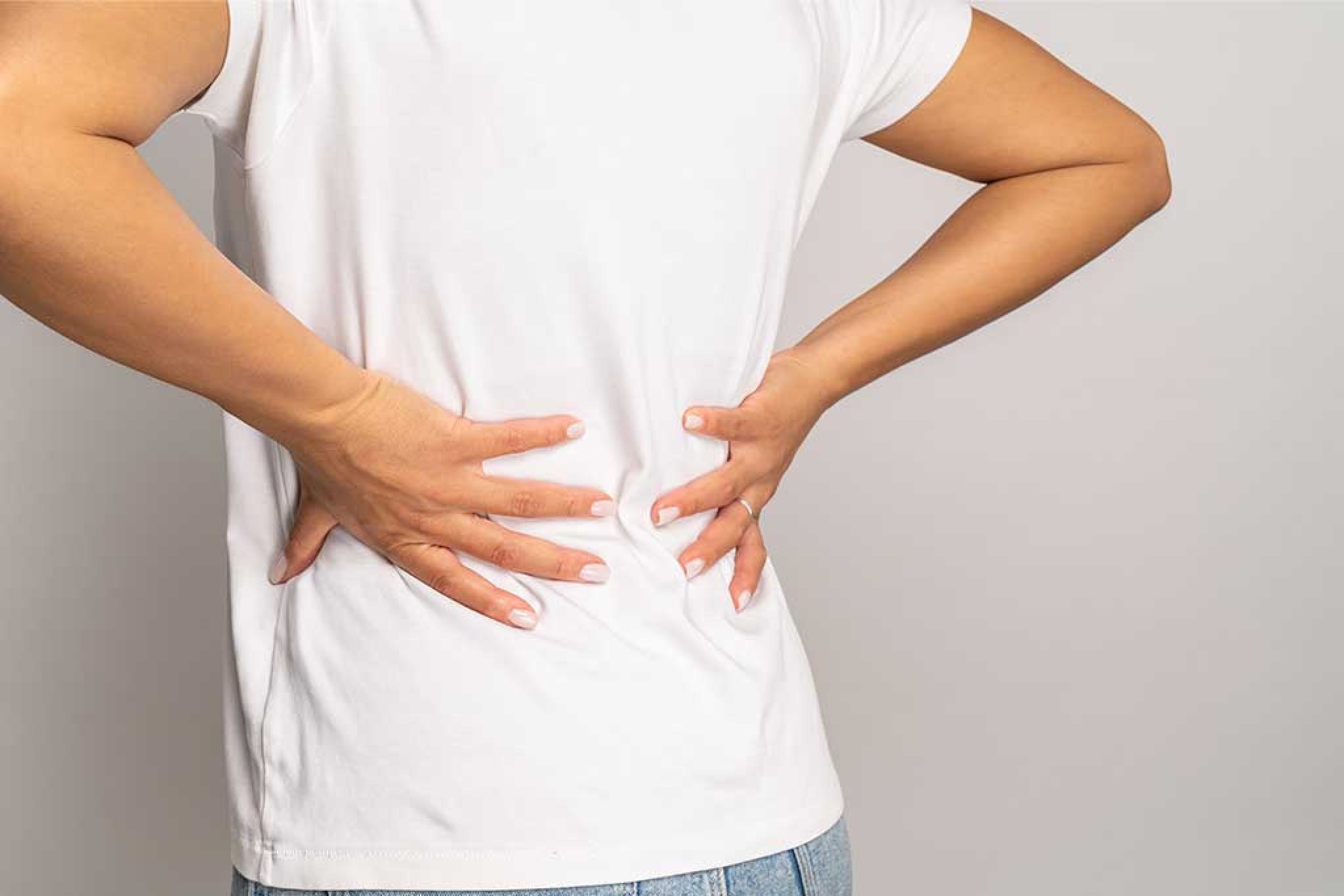


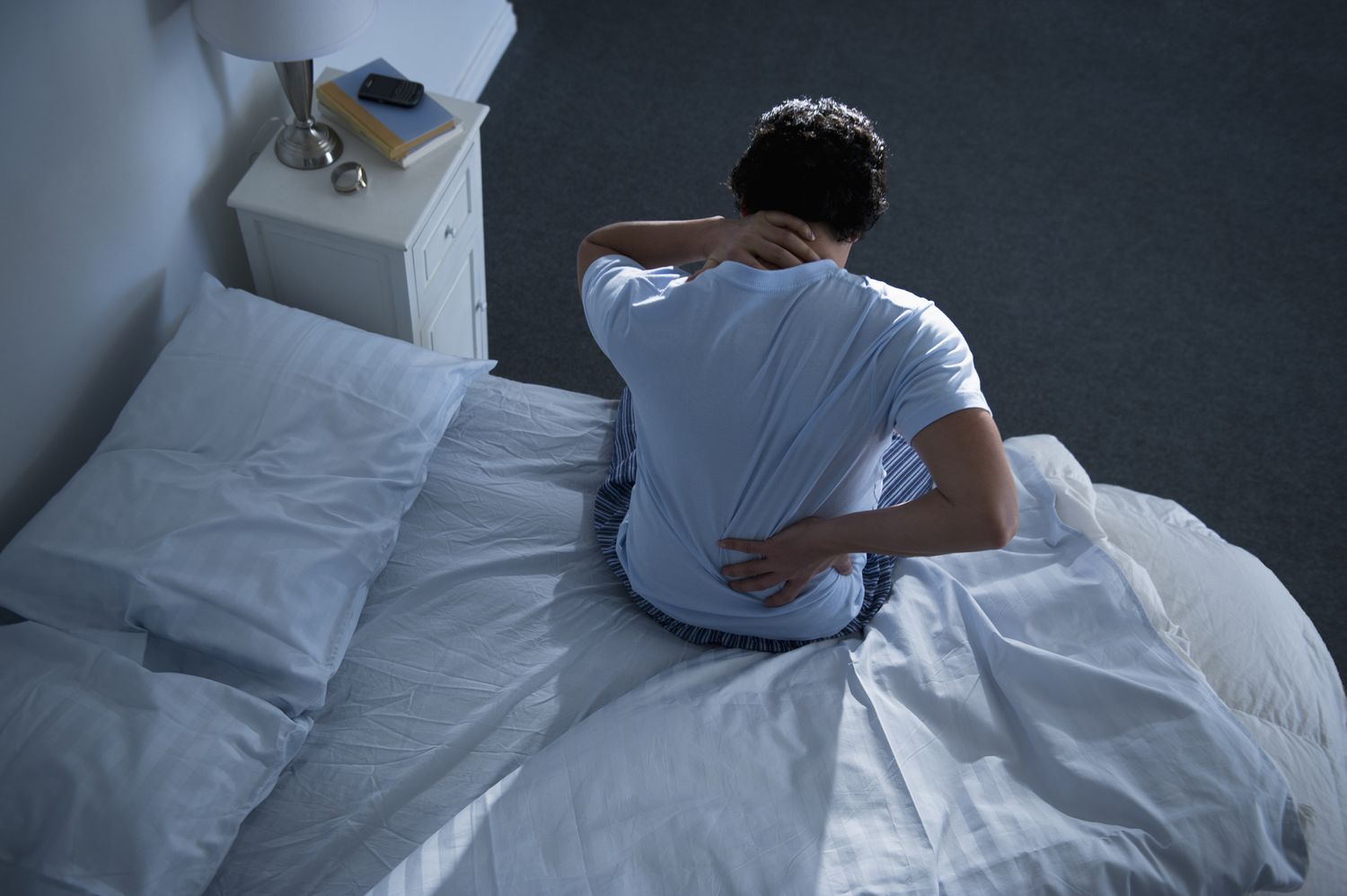
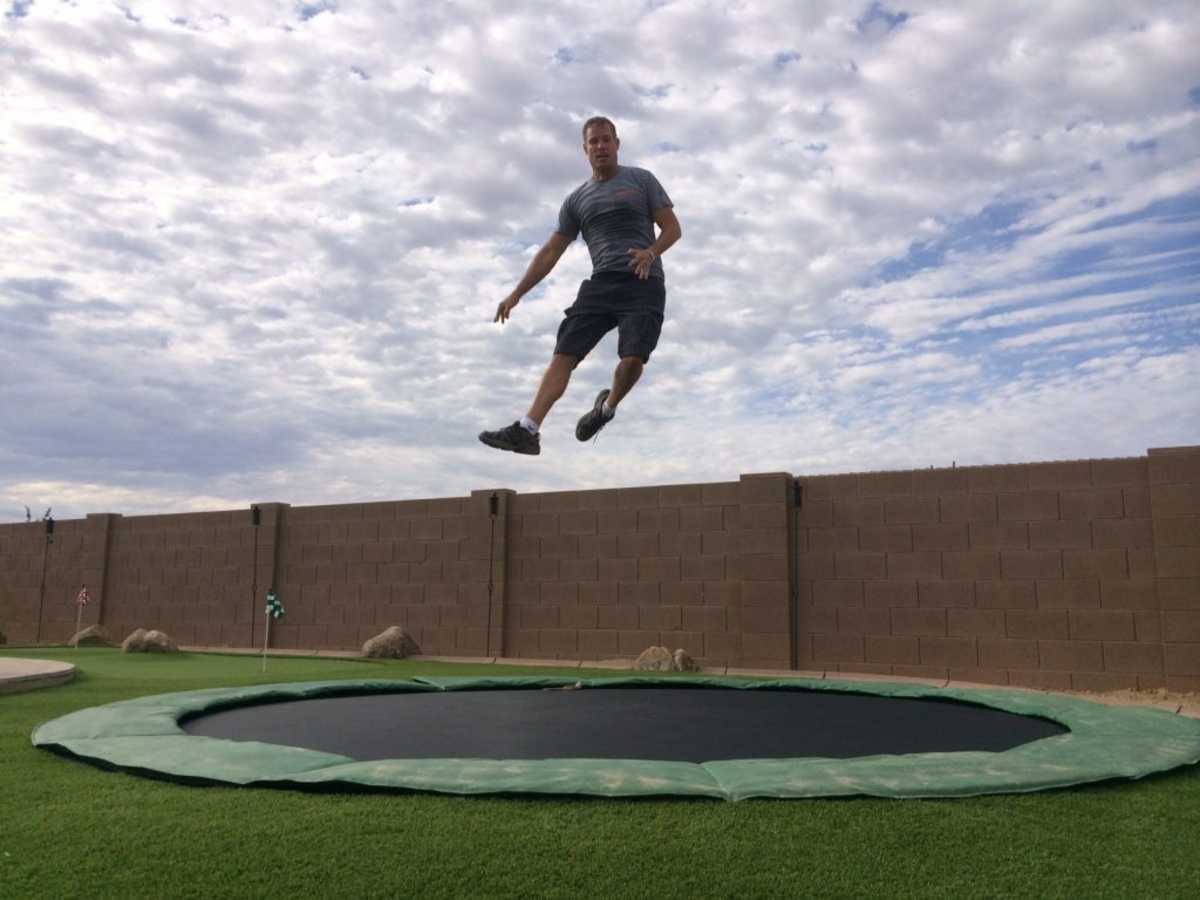
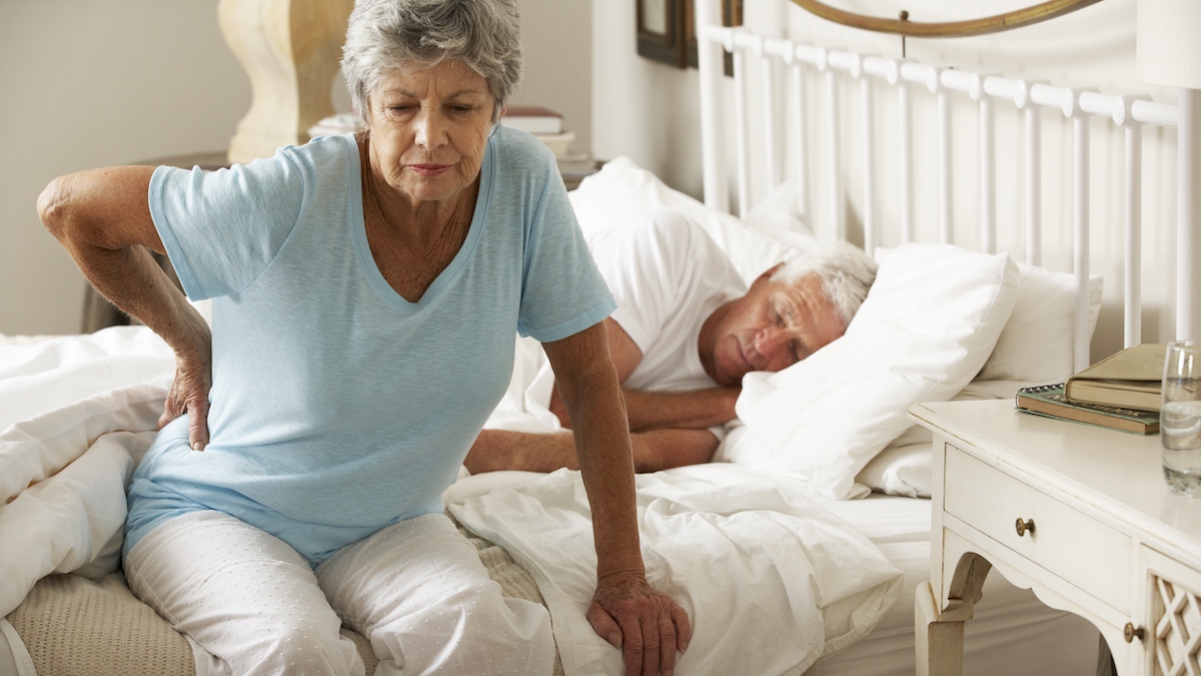

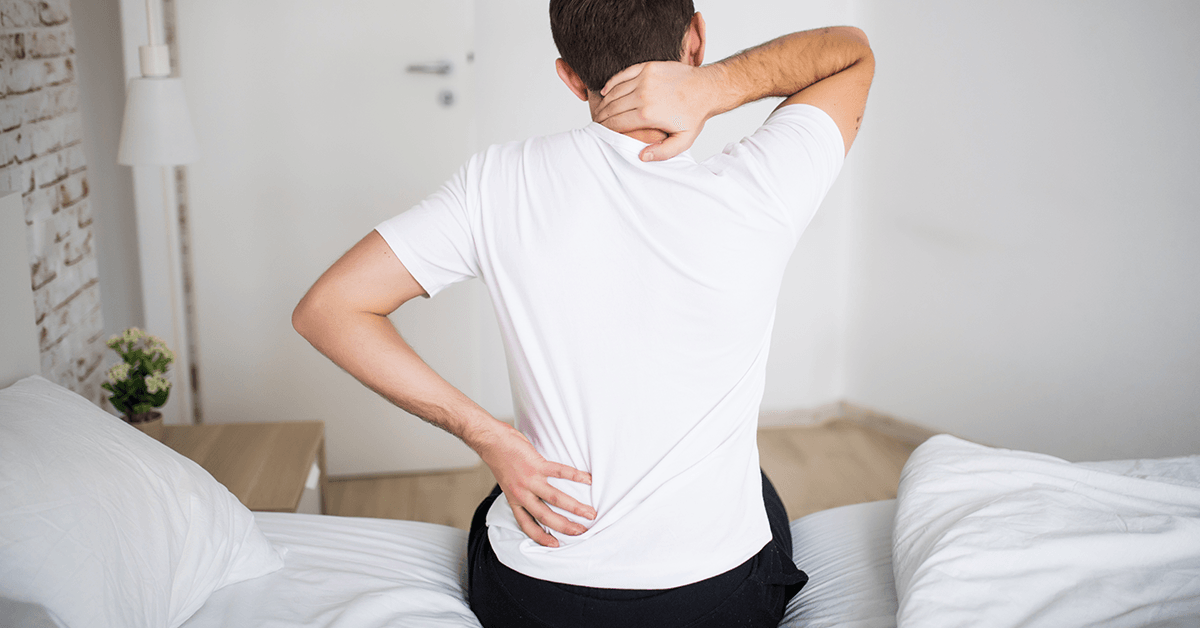

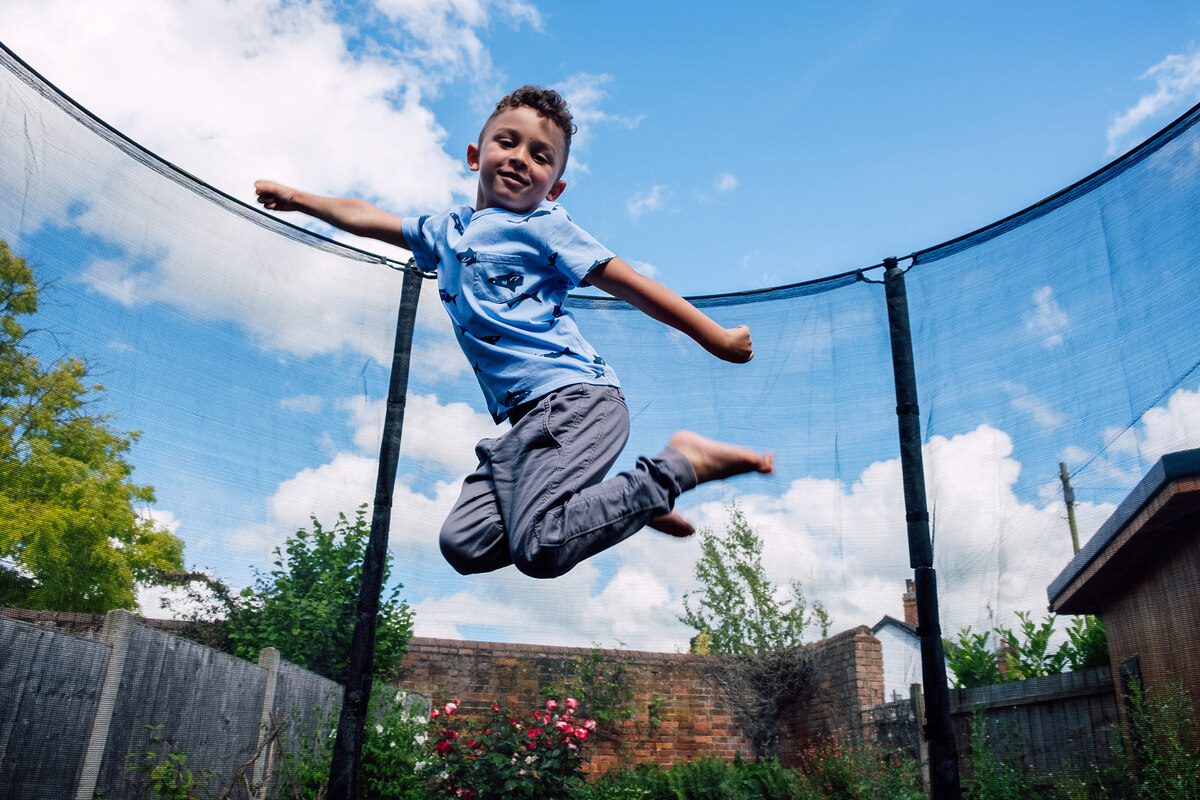

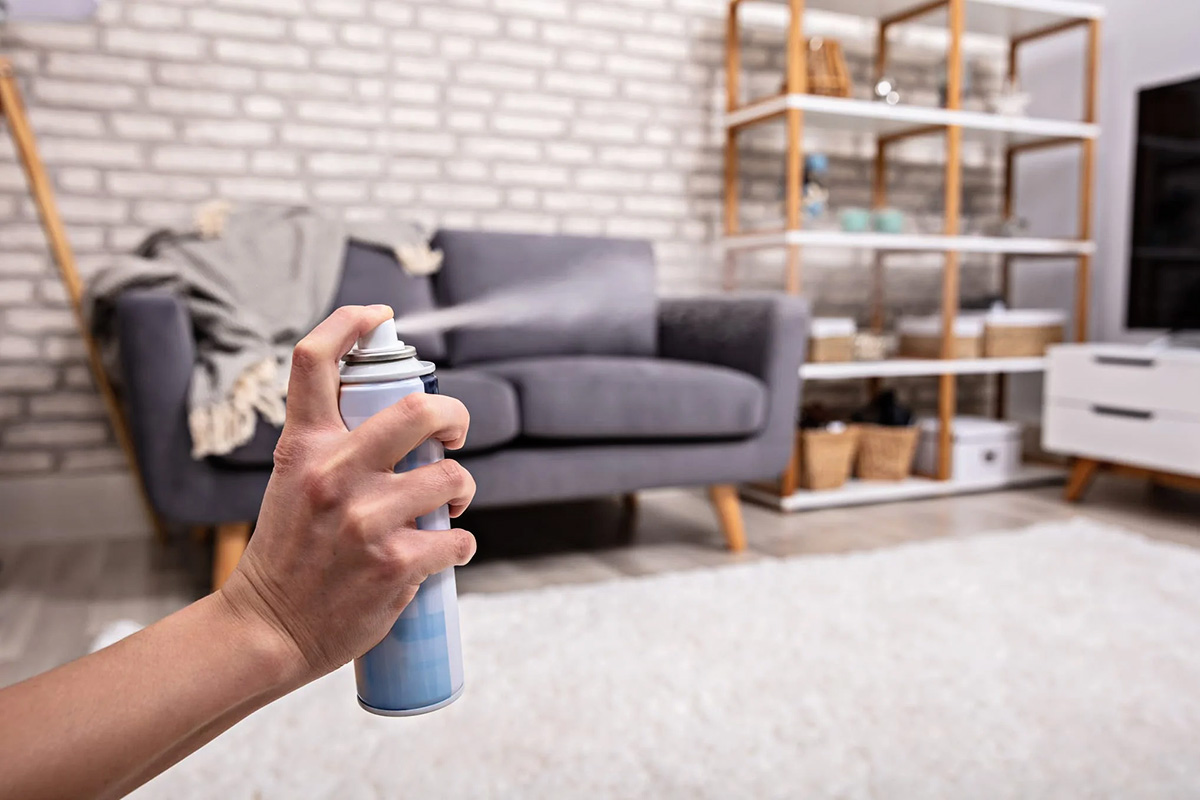
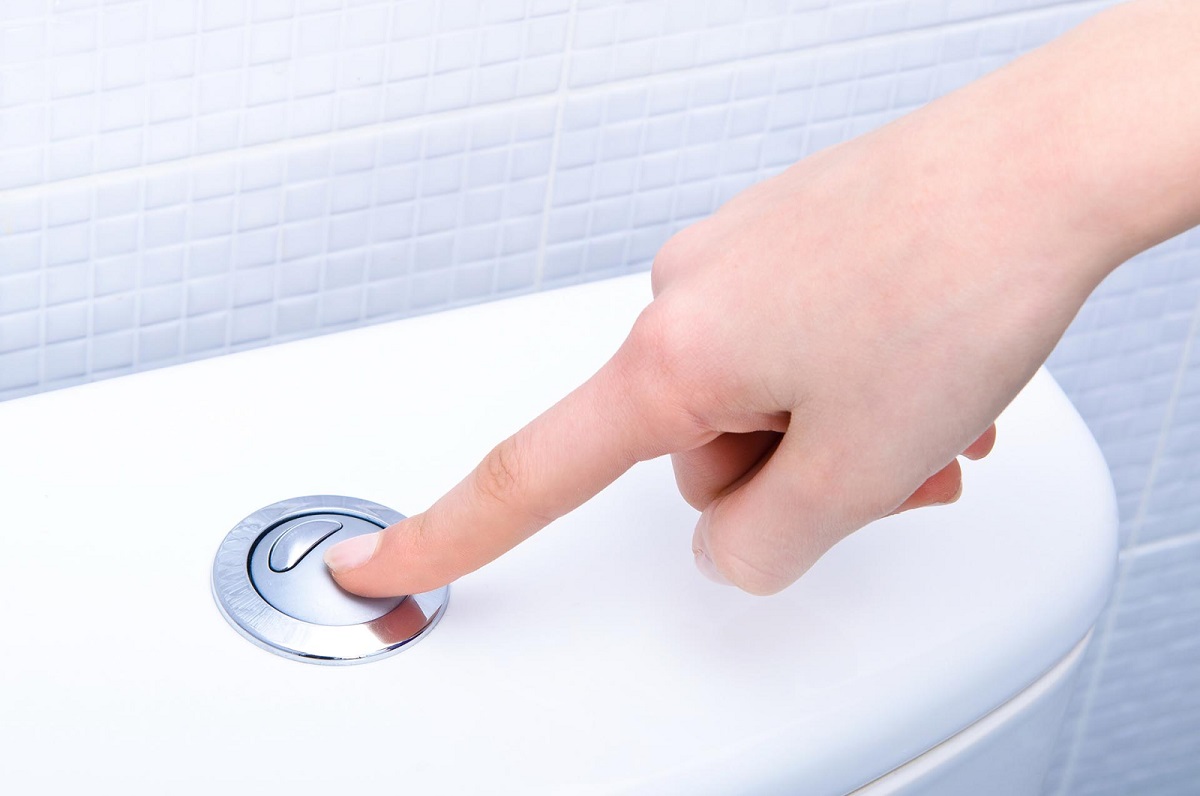
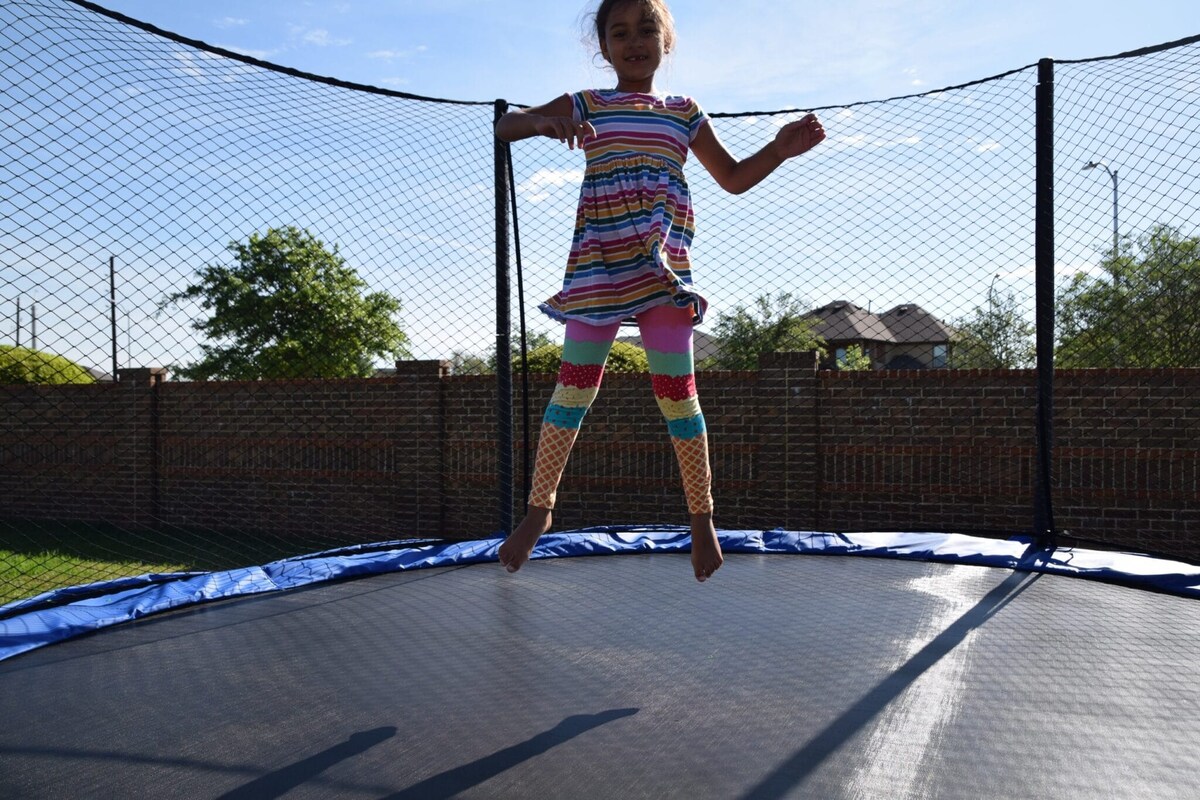


0 thoughts on “Why Does My Head Hurt After Jumping On A Trampoline”